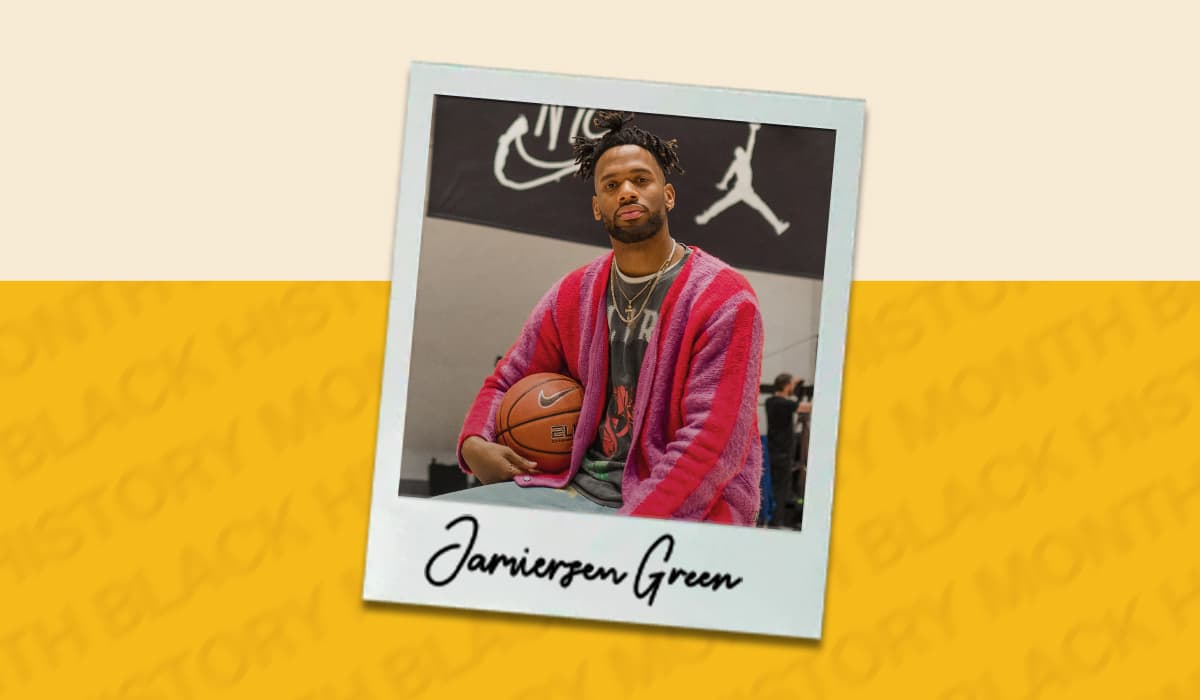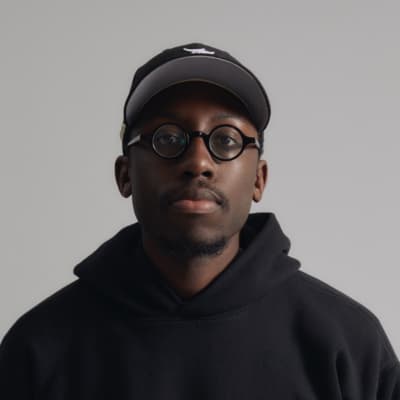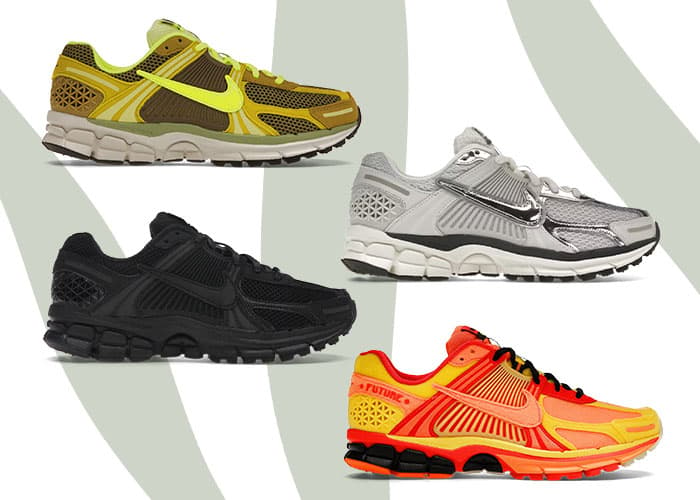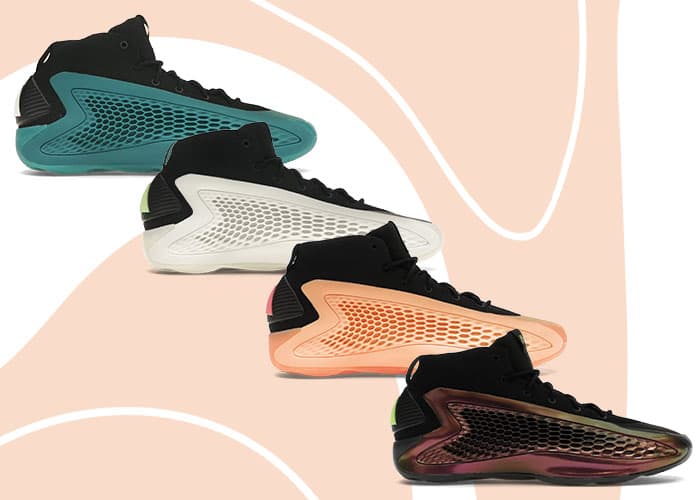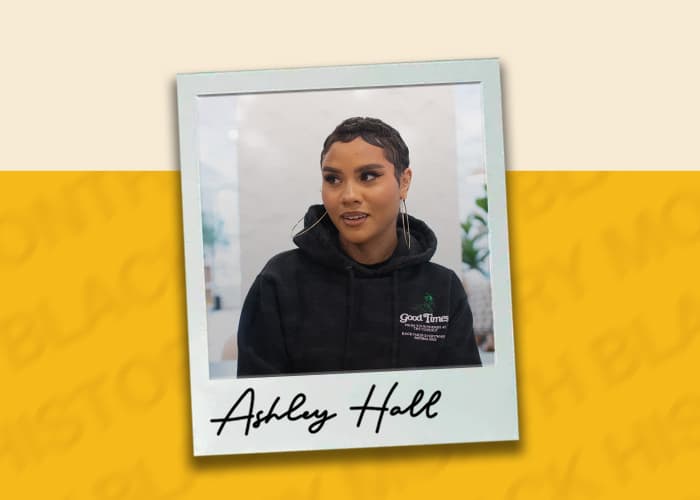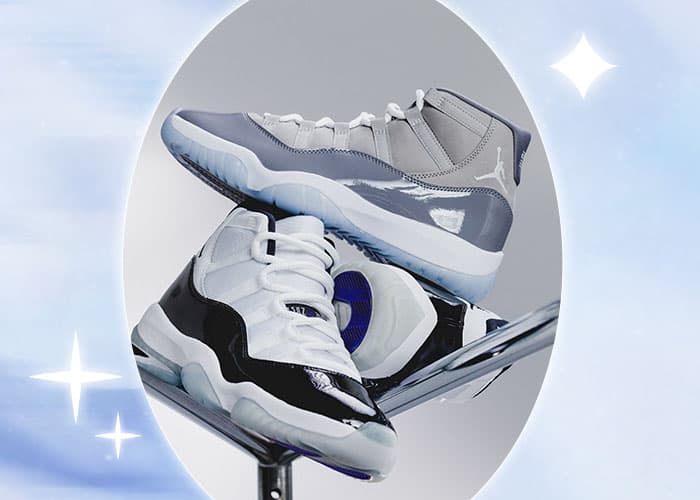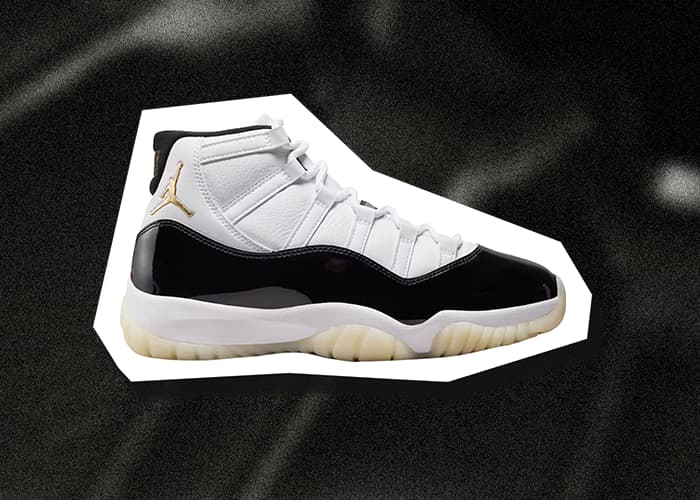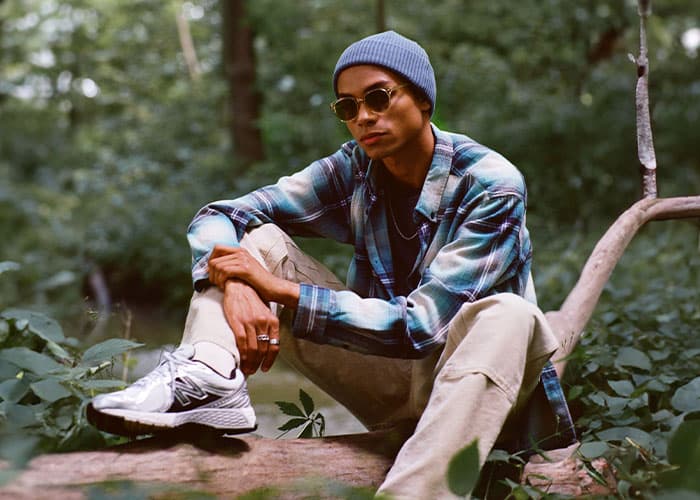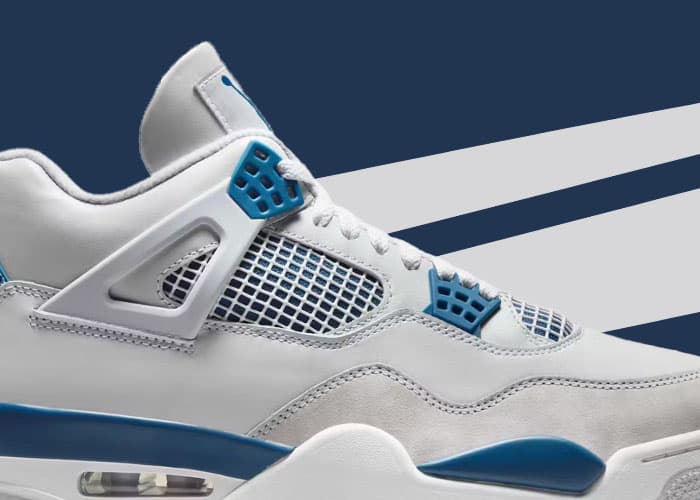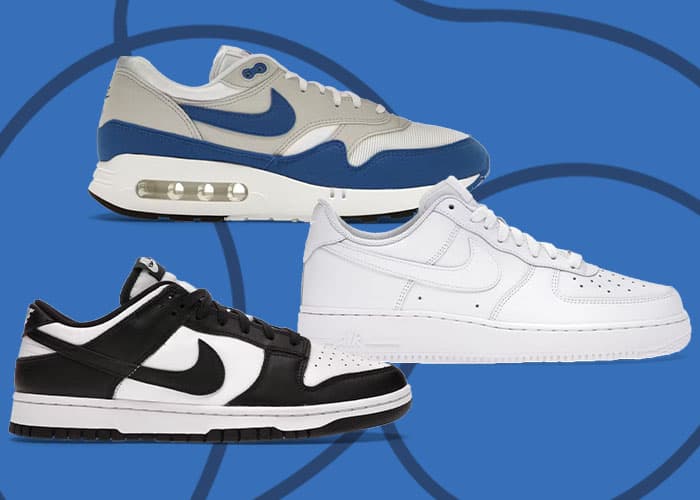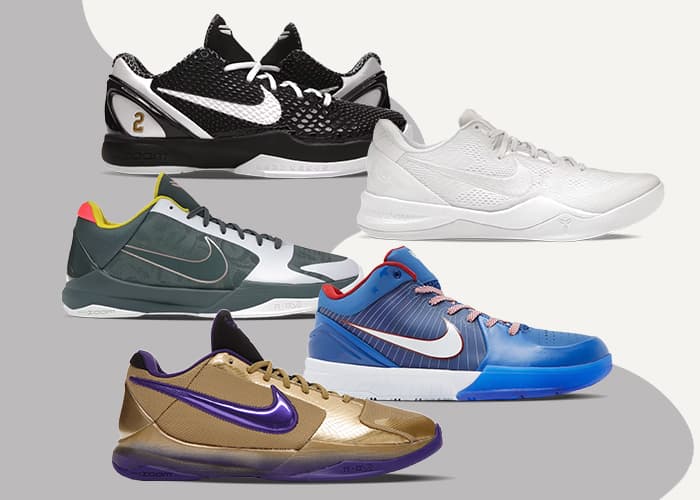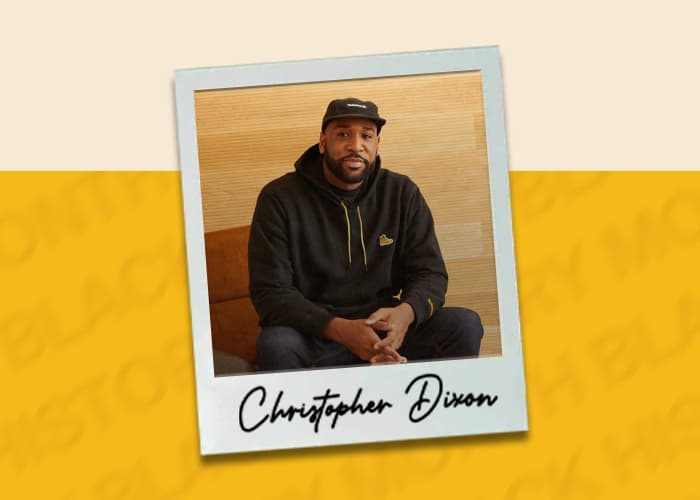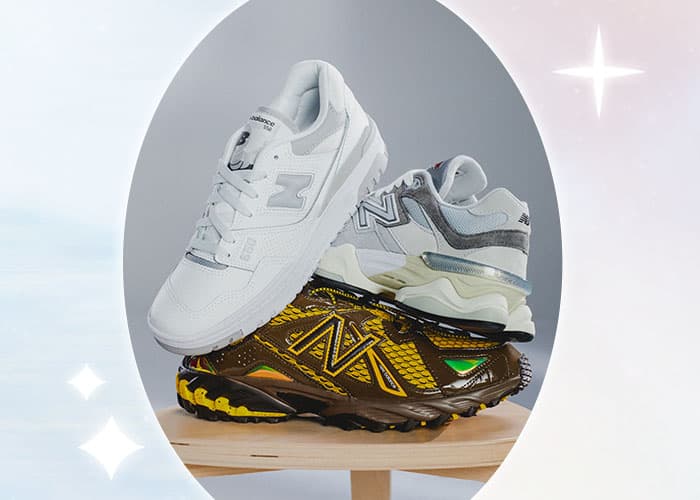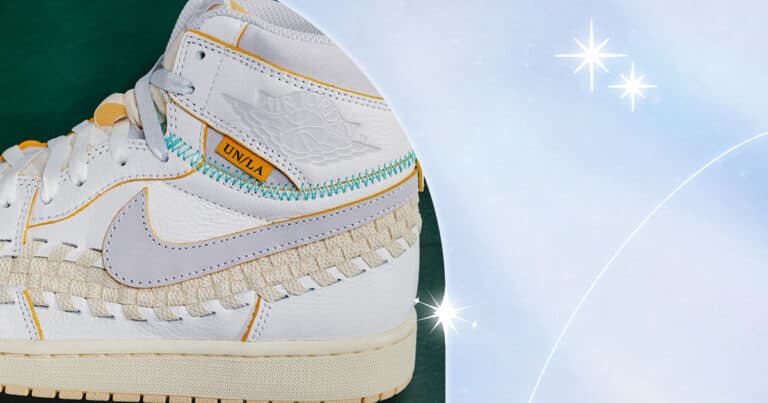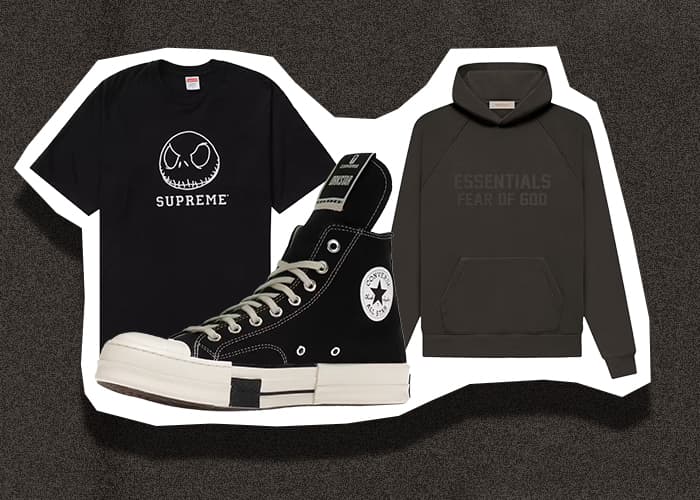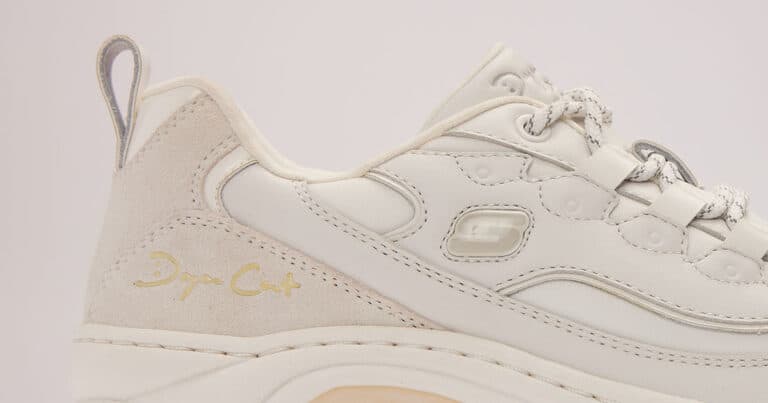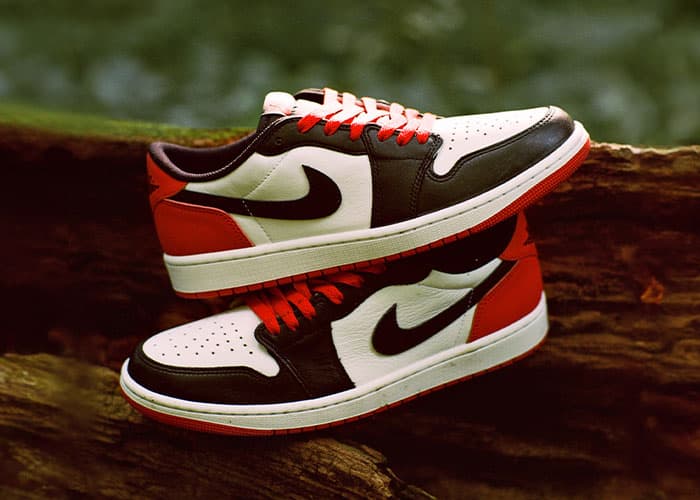Jamiersen Green just wants to see those around him shine and he’s not shy about it. Everything he does just oozes enthusiasm and genuineness, so much so that you can’t help but cheer him on as he supports you in the process. Green’s authentic demeanor within sneaker culture comes from a place of community, something that was instilled in him early when getting into sneakers in the late 2000s. Since then, Green has not only branched out into his own creative agency, Leader Quality, where he helps amplify stories for businesses like Foot Locker and Kith, but he’s also become the co-host of Nike’s SNKRS app Heating Up series.
Despite his busy schedule, Green took some time to share his most cherished sneaker memories, his current view of the sneaker landscape, and how Black culture is the biggest driver within sneakers today and forever.
StockX: How did you get into sneakers/streetwear? Was there someone in particular or a specific moment that introduced you to this culture?
Jameirsen Green: Man! My first core memory was when my parents bought my first pair of Jordans: the 1998 Jordan XIV Cherry Red. I had them joints on with an adidas outfit 😭 set tripping on the brands lol.

SX: How long have you been collecting sneakers?
JG: I’ve been collecting since I got my first sneaker job at Champs Sports in 2008. Over time, my collection has been fully revamped or sold and switched due to different life circumstances where finances were needed (i.e. buying a new car, moving across the country to NYC, or just wanting to switch it up).
Shoes are replaceable items to me, material things that bring us some joy and excitement but aren’t a long-term place of fulfillment. Releases come and go, new shoes come out at an alarming rate now. So I like to keep my collection low and under 75-100 pairs. Been trying to live by a code: when I buy a pair, give away a pair or two, or sell a pair depending on their rarity. I’ll give pairs to friends, my younger brother to build his collection, or to my local church/ homeless shelter.
I believe in collecting but giving to others is just as important as keeping everything to yourself. People who give will always have abundance because the condition of their hearts aren’t possessive.
SX: What about sneakers/streetwear culture resonates with you?
JG: What resonated with me was community, like when streetwear brands and stores had a community aspect to them and not just clout. When you could go to a Reed Space, Goliath RF, DQM, and you would just hang out for hours, then when the shift was over you all would go out and just kick at Max Fish or Wall Play. I met so many people on their way to becoming famous, or so many people just working on creative projects by just kicking it in a store for a few hours. I feel some of that is still around but it’s not the same, it feels so transactional at times.

SX: Which sneaker or piece of streetwear do you connect with the most and why?
JG: The AVIA X Leader “LDR 885”, it’s my first baby, my first collaboration. It resonates with my own personal life experiences, my creativity, and the things that come from my brain. It was an expression of love and my journey for me, it took me over 15 years in this industry to release my first shoe collab and I’m so grateful for that.
SX: What was sneaker/streetwear culture like when you were first getting into it? Was it popular amongst the general mainstream public or was it still considered a niche hobby?
JG: I’m probably aging myself here but seeing Pharrell in Billionaire Boys Club in the Frontin video in ‘03 was a pivotal moment, but I was too young to buy my clothes then. So 2006/2007 when I had my first job, I went out and bought a pair of Ice Cream Reeboks and a Billionaire Boys Club shirt.
At that time, streetwear was still in its “If you know you know”, KarmaLoop Era, and I was in Michigan so geographically it was harder for us to be involved in culture directly.
We only had 2-3 streetwear stores with Burn Rubber being the most popular. The homies and I used to drive an hour to just be around and learn from Rick Williams and Ro Spit as two of the FEW Black sneaker and streetwear shop owners in the world at the time. I accredit MAJORITY of the direction of my career to Rick who is still a close mentor and like family to me and Ro who is still Inspirational and directional in his work, they were the blueprint.
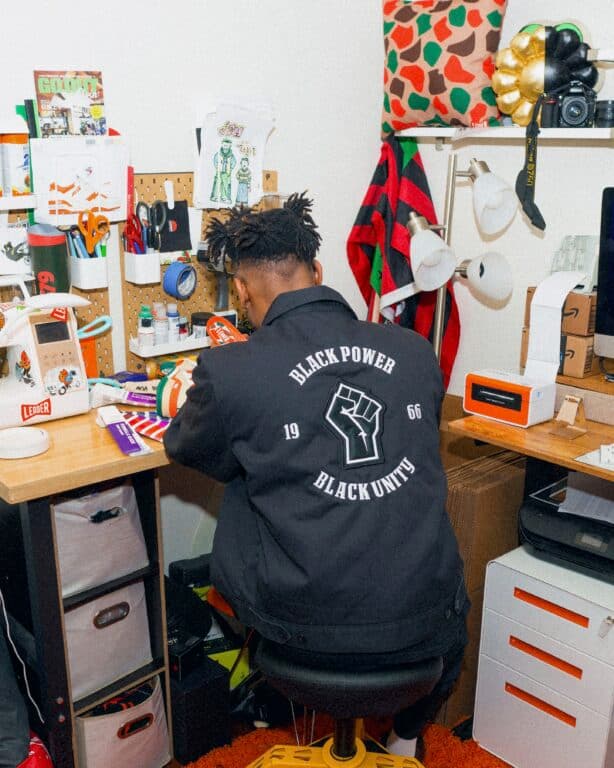
I’ve been heavily entrenched in this from seeing Curren$y wearing Diamond Supply Co. in his “Life Under The Scope” video to the Mickey Hands dominating graphic tees with Crooks & Castles; brands from Staple Pigeon to The Hundreds and 10.Deep, those foundational brands that paved the way for us. Before Zumies started picking up brands, before Instagram influencers became a thing, man….What a time to be alive! I can talk about that ERA forever.
SX: What is your view of Black culture’s contributions to sneaker/streetwear? How do you feel as though you’ve contributed to the ongoing culture?
JG: I was in a group chat the other day and one of my best friends dropped a quote that resonated with me strongly.
Arthur Jafa said “We bring all this surplus expressivity to whatever we do, that’s what Blackness is about. That’s why everyone is mesmerized by it.”
There is NO streetwear and sneaker culture without Black People, without Blackness, without our influence, without our creativity, we truly make things MOVE.
Example — Mike Amiri blew up after Pop Smoke mentioned his name in “Dior”. Hood By Air and Been Trill were crazy when A$AP Rocky was rocking it and as soon as he said “we off that” it was done. Kanye and Jay-Z with the wax leather jeans, curved drop bottom tees w/ Jordan 1’s, Infrared 6’s, or the Nike Fly Knit Racers had people dressing a certain way. Supreme has always been a mainstay but once Tyler, The Creator and Rocky started rocking it, it took it to an entirely different level within the culture.
There’s ZERO CULTURE without BLACK CULTURE people watch us and imitate us.
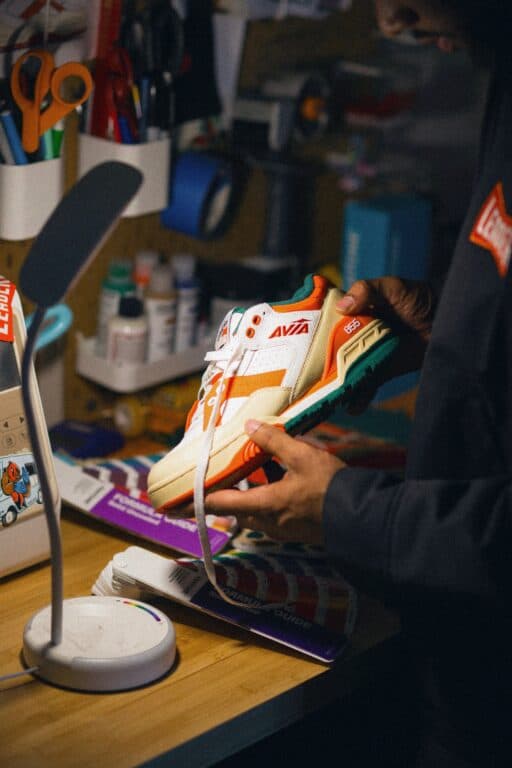
For myself I’ve been in the industry for 12 years working different corporate and agency jobs, and have been able to deeply engrain our culture into these places and ensure we get fair opportunity and pay. From picking authentic talent, writing ideas and programs for brands like Nike, Jordan, StockX, and Beats By Dre to activate around to being able to implement a disruption in how Foot Locker handled the use of Black Creators and Marketing. My goal has always been to find ways to put my people in a place to succeed.
Now individually — I’ve been on my own for a year and been able to drop collections and shoes that are based on our culture. From my own brand, Leader Quality, the Liberation campaign was themed around Blackness and our history, and the “For the Creative Game” campaign in collaboration with AVIA was centered around the Black experience in public school classrooms. Also, being able to host for Nike/Jordan gives other young men and women who look like me something to aspire to grow into. I’m praying that I’ll be able to carve my own lane and legacy in this culture and that it will be something that uplifts and brings people together in the beauty God created.
SX: How do you think Black culture will continue to add to the ever-growing sneaker/streetwear scene?
JG: I feel there’s such a new influx of Black creatives getting their due praise and opportunities. Bimma Williams, Jae Tips, myself, Corey Populus, Channing Beumer, and Jourdan Ash to name a few peers (sorry if I left anyone out) that I think are doing some amazing things and will continue to do so over the next years. Also with the more established designers and collaborators such as Joe Freshgoods, Salehe Bembury, James Whitner, and Nina Chanel, the culture is in good hands.
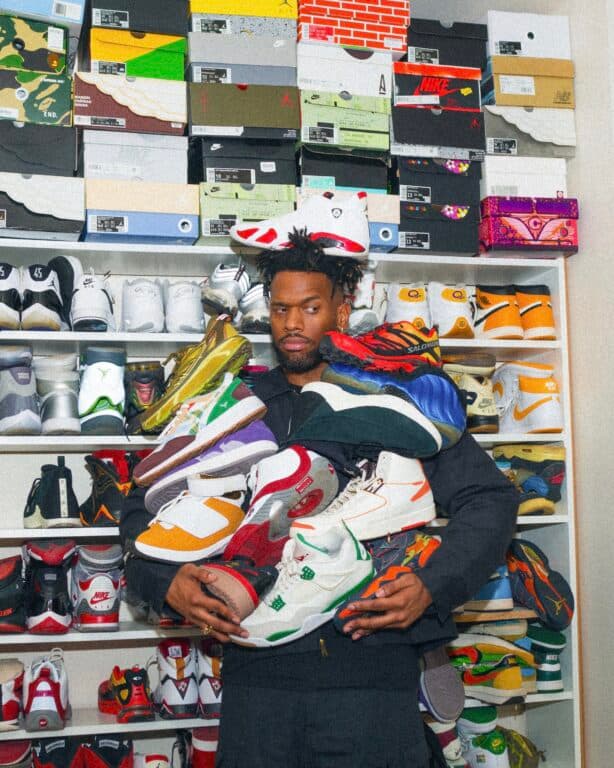
I think the final answer is that. We are the scene. Nothing moves without us and we’ll always be adding to the scene.


